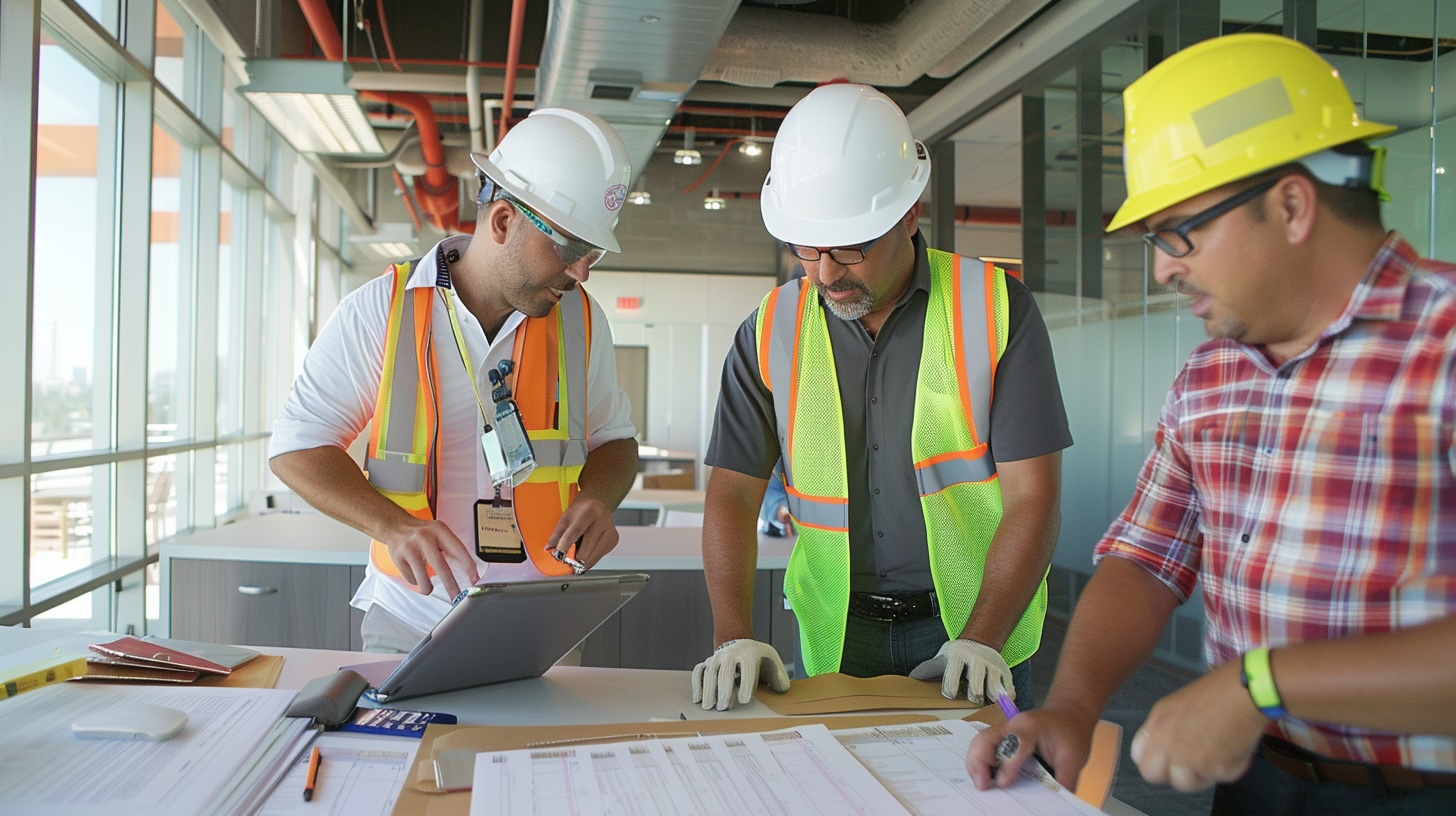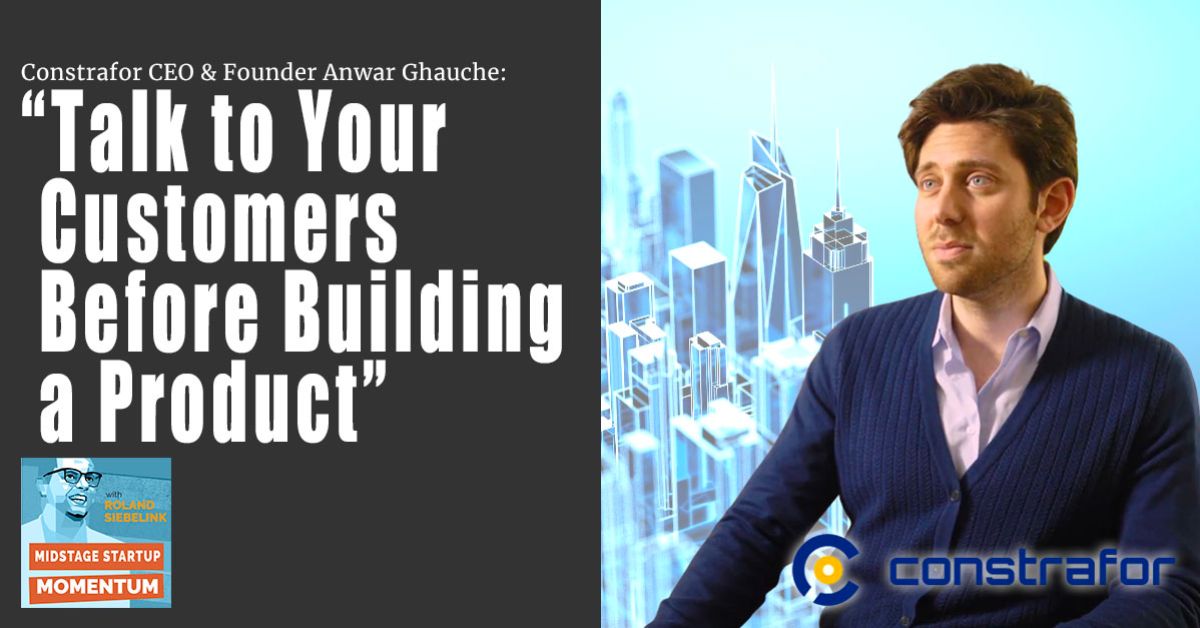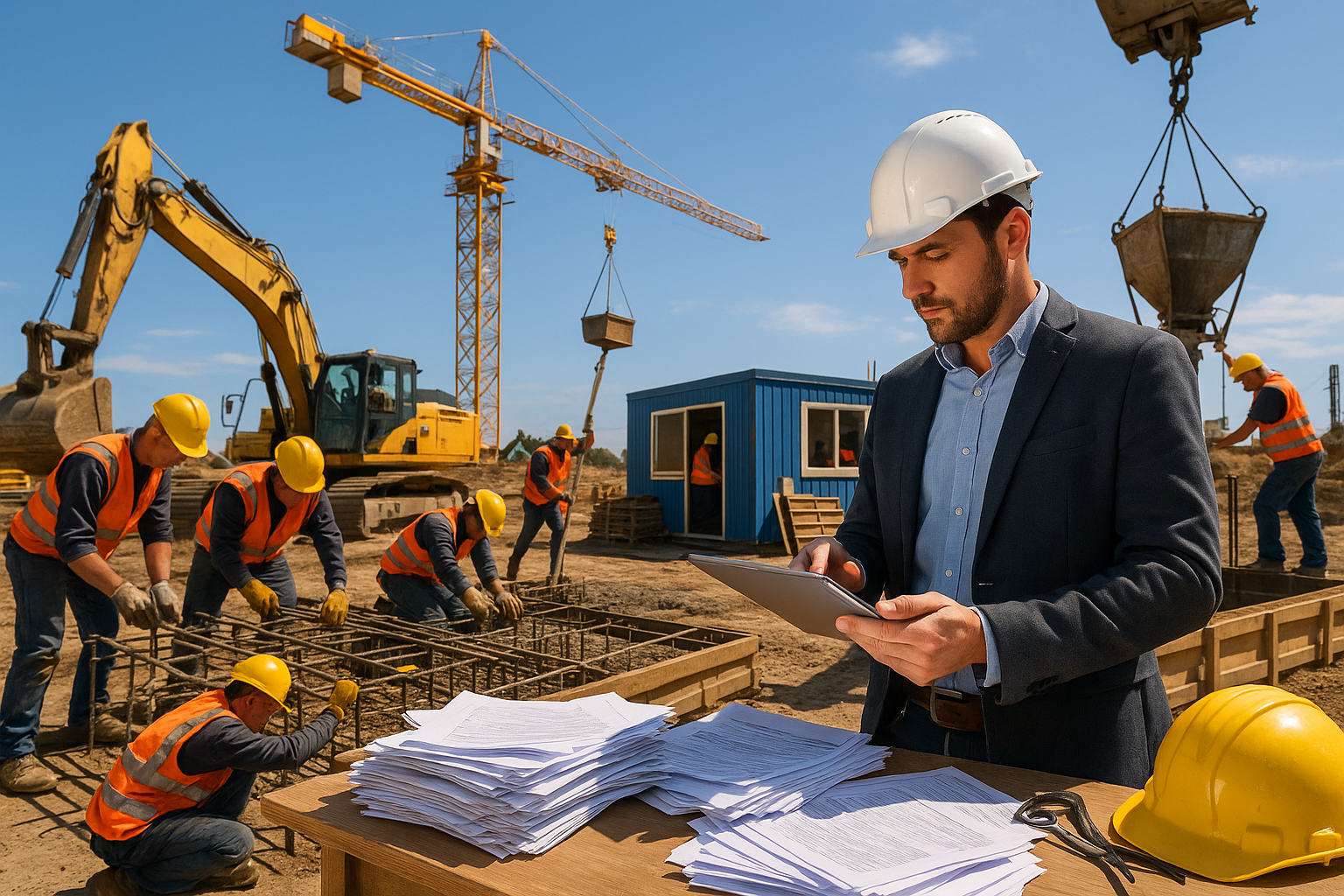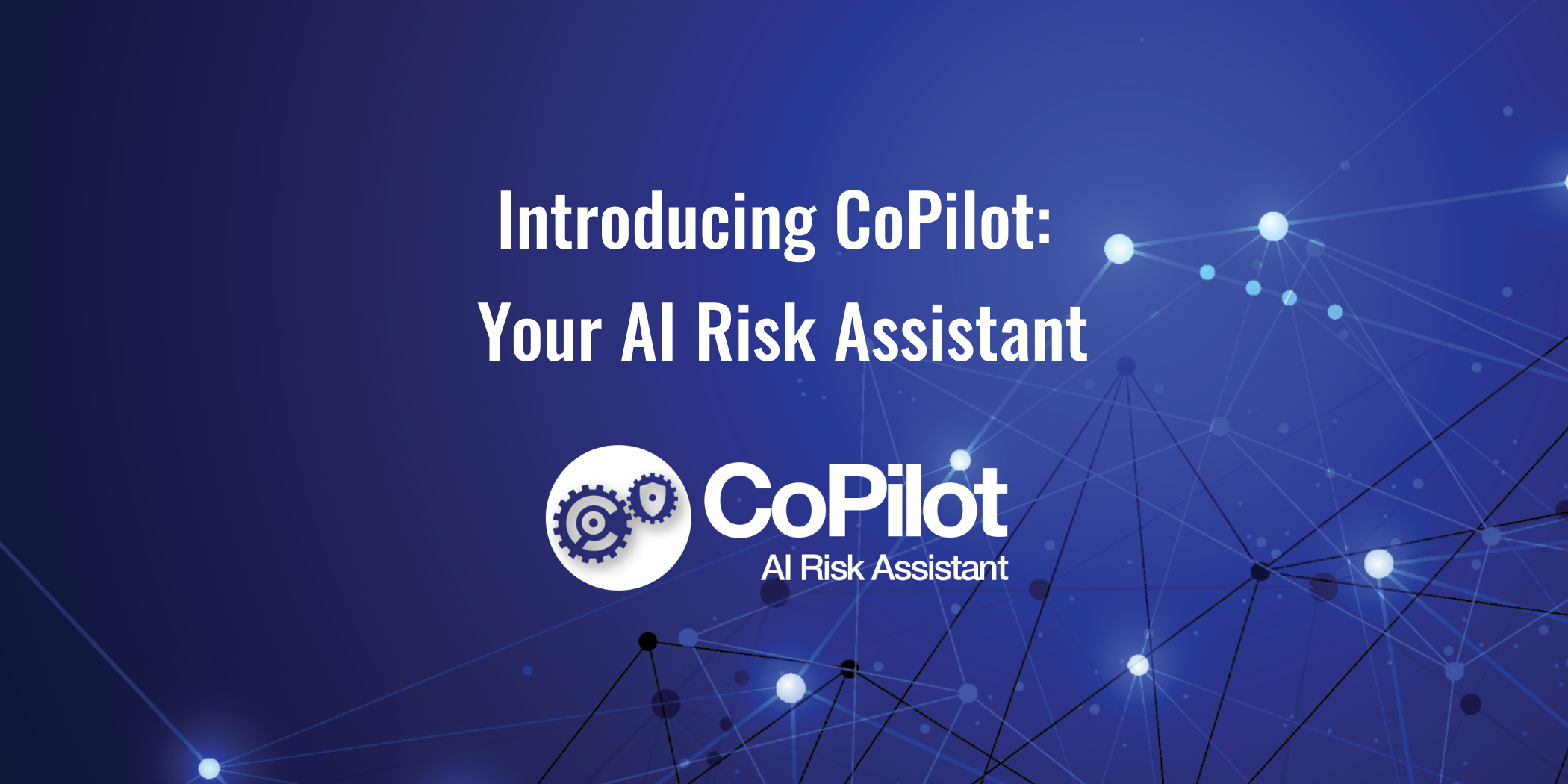Constrafor Revolutionizes Construction Procurement & Risk Management
Ever wondered how the construction industry could be more efficient? Starting our journey in 2019, we've had our eyes set on becoming the leading...

Navigating the complex field of construction involves managing a myriad of risks. From financial and operational challenges to safety concerns, risk management is a critical aspect of successful project completion. The stakes are high, with McKinsey & Company revealing that only 30% of construction projects finish on time and within budget. This article aims to shed light on five strategic ways to enhance construction risk management.
Understanding the nature and extent of construction risks is fundamental to addressing them. These risks encompass a broad spectrum, from financial pitfalls and operational obstacles to safety hazards. With the Bureau of Labor Statistics noting that approximately 150,000 incidents occur annually within the US construction industry, the gravity of these risks becomes glaringly apparent. Bureau of Labor Statistics
The first strategy to enhance risk management involves leveraging technology. In today's digital era, an array of software exists to manage safety and inspections during construction. These tools can drastically reduce the probability of mishaps, streamline operations, and bolster overall risk management. A noteworthy study revealed that 60% of general contractors and trades consider this software highly valuable in improving risk management. With the right software, a construction company can monitor risks in real-time, implement preventive measures, and ensure a safer working environment.
Efficient project management is the second strategy to enhance risk management. Project management involves planning, organizing, and controlling resources to achieve specific goals. In construction, this translates to ensuring projects are completed on time, within budget, and to the specified quality. Effective project management can help identify potential risks early, allowing for timely mitigation and reducing the likelihood of delays and cost overruns. By keeping a close eye on project timelines, budgets, and resources, construction companies can mitigate risks and ensure projects are completed successfully.
The third strategy focuses on insurance management. Ensuring that all parties involved in a construction project have adequate insurance coverage is crucial. This is particularly true for sub-tier contractors, whose insurance coverage can pose significant risks if not properly managed. By requiring contractors to provide evidence of adequate insurance coverage, construction companies can avoid potential financial pitfalls. However, it's not enough to merely outline insurance requirements in the contract. As Constrafor notes, simply trusting that a third party has sufficient coverage creates unnecessary risk exposure. It is crucial to verify insurance coverage actively and consistently, thereby ensuring that all parties are adequately protected.
Incorporating strategic risk management approaches during bidding and contract negotiations, as highlighted by Turner & Townsend, emphasizes the significance of evaluating a contractor's risk management capabilities. They underline the critical role of understanding and assessing risk management competences during these stages, which can lead to fewer project variations and lower contingency expenditures, demonstrating the tangible benefits of a well-implemented risk management strategy in construction projects.
The fourth strategy involves robust contractual agreements. Ensuring that contracts are clear, comprehensive, and enforceable is key to mitigating risks. Contracts should clearly define the scope of work, terms of payment, and responsibilities of all parties. They should also stipulate penalties for non-compliance and mechanisms for dispute resolution. By carefully crafting and managing construction contracts, companies can avoid misunderstandings, delays, and legal disputes, thereby improving risk management. Continuing with the fourth strategy, contractual agreements need to be more than just thorough; they must be managed effectively. Regular audits of contract compliance can help ensure that all parties are meeting their obligations. When non-compliance is identified, swift action should be taken to rectify the situation and prevent further risk exposure. Constrafor emphasizes that trusting a third-party's insurance coverage without verification creates unnecessary risk. Active contract management, combined with careful verification of insurance coverage, can significantly enhance construction risk management.
The fifth and final strategy for improving construction risk management is regular training and education. A well-educated workforce is a safer workforce. Regular safety training can equip workers with the knowledge and skills they need to avoid accidents, minimize risks, and respond effectively when incidents occur. Training should be comprehensive, covering all aspects of construction safety, from the use of equipment to the handling of hazardous materials. It should also be ongoing, with refresher courses provided periodically to ensure that workers’ knowledge and skills remain current.
In addition to safety training, workers should also be educated about project-specific risks. This includes understanding the scope of work, the project timeline, and their individual roles and responsibilities. By fostering a risk-aware culture, construction companies can empower their workers to play an active role in risk management.
In conclusion, improving risk management in construction is a multifaceted challenge. It involves understanding the nature and extent of construction risks, leveraging technology, managing projects effectively, ensuring adequate insurance coverage, crafting robust contractual agreements, and providing regular training and education. Each of these strategies plays a crucial role in enhancing construction risk management.
By implementing these strategies, construction companies can mitigate risks, enhance safety, improve project outcomes, and ultimately drive their success in the competitive construction industry. It is a journey of continuous improvement, with each step bringing us closer to the goal of safer, more efficient, and more successful construction projects.

Ever wondered how the construction industry could be more efficient? Starting our journey in 2019, we've had our eyes set on becoming the leading...

The True Cost of Manual Subcontractor Management for General Contractors Peak construction season brings a flood of opportunities, but also a tidal...

As the construction industry advances, so does the complexity and breadth of its risks. Accurate, efficient risk management is no longer a luxury –...